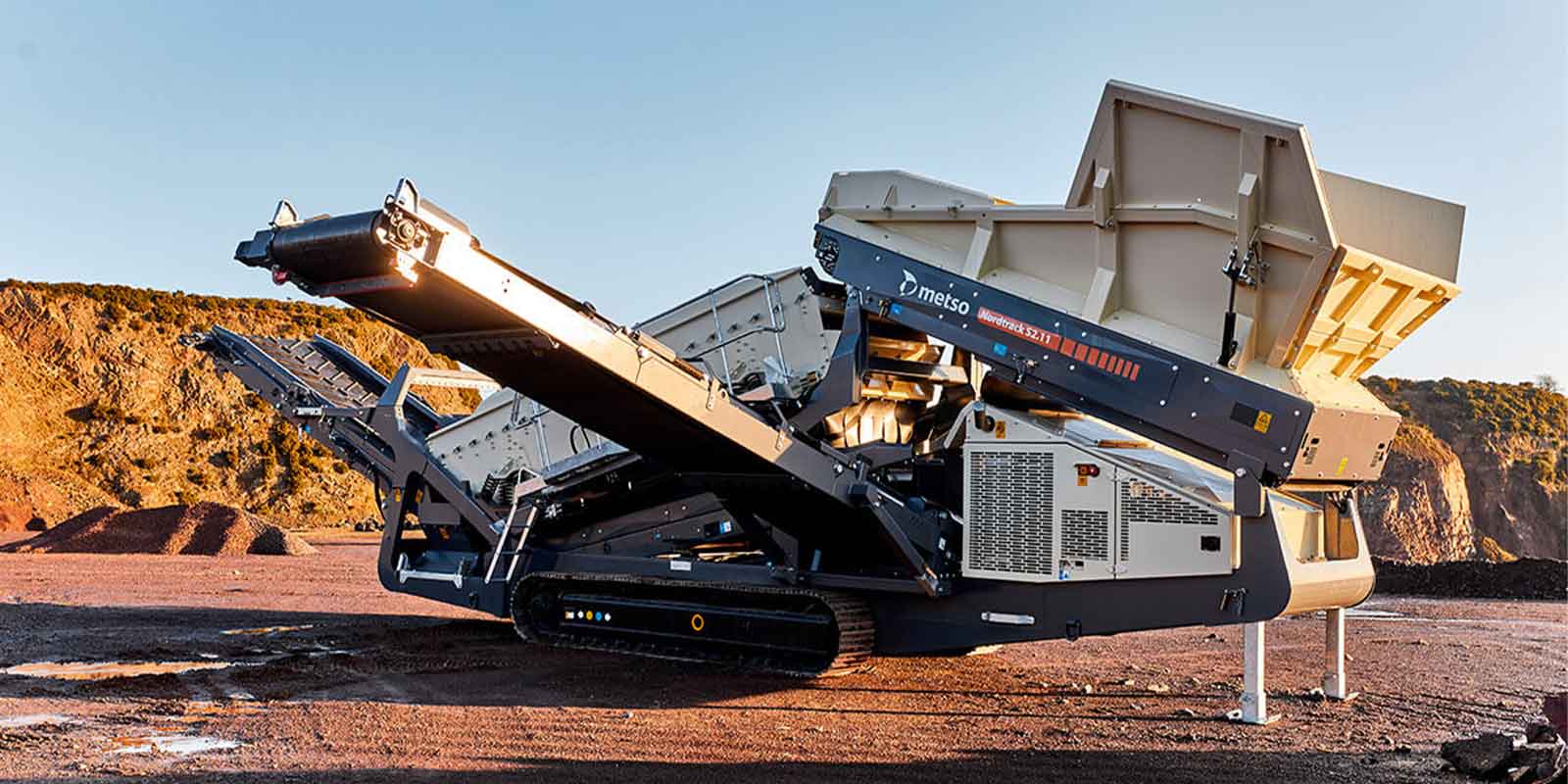The Evolution Of Rock Crushers: From Manual Tools To Advanced Machines

The process of crushing rock has been a vital part of human progress for centuries. Breaking down stone has been indispensable throughout history, from the construction of roadways and structures by early civilizations to the modern-day massive mining and construction projects. But the tools and technology behind rock crushing have come a long way. What began as simple manual labor with primitive tools has evolved into a highly sophisticated process powered by precision engineering and advanced automation. The history of rock crushers is a fascinating story of innovation, efficiency, and industrial transformation. For smaller construction or demolition projects, many contractors turn to concrete crusher rental options, allowing them to efficiently recycle materials on-site without investing in permanent heavy equipment.
The Early Days Of Rock Crushing
Before the age of machinery, crushing rock was done entirely by hand. Large stones were broken down into manageable sizes for construction and roadwork by ancient builders using hammers, chisels, and primitive picks. This process was slow, exhausting, and limited by human strength.
The industrial revolution in the late 18th and early 19th centuries saw the development of the first mechanical techniques. Miners and quarry workers began experimenting with lever-operated crushers and iron hammers to reduce manual effort. These primitive devices set the stage for a new era of mechanical rock crushing — one that would soon reshape industries across the world.
The Birth Of The Jaw Crusher
The true evolution of rock crushing began in 1858, when American inventor Eli Whitney Blake developed the first jaw crusher. This invention broke huge boulders into tiny pieces by applying compressive force using two metal plates, one of which was fixed and the other of which was moving. The jaw crusher revolutionized the industry by drastically increasing output while reducing manual labor.
This breakthrough quickly found applications in mining and road construction. It became the foundation for modern crushing technology, inspiring later designs like gyratory and cone crushers. Blake’s invention not only improved efficiency but also changed how materials were processed, enabling larger-scale projects that had previously been impossible.
Industrial Advancements And The Rise Of Efficiency
By the early 20th century, the demand for crushed stone and aggregate was skyrocketing due to urbanization and infrastructure growth. Manufacturers responded by creating stronger, faster, and more durable machines. The introduction of gyratory crushers in the late 1800s allowed continuous crushing, improving capacity for large-scale mining operations.
Next came cone crushers, which provided more precision and control over material size. These innovations made it possible to produce specific grades of aggregate for concrete, road bases, and industrial use.
The mid-20th century brought further improvements in materials and engineering, including the use of high-strength steel and better lubrication systems. Hydraulic systems were soon added, making it easier to adjust settings and maintain equipment without extensive downtime.
The Digital Era: Smart And Sustainable Crushing
Rock crushers have embraced the digital era in recent decades. Automation, data tracking, and smart controls now allow operators to monitor every aspect of the crushing process in real time. Modern systems automatically adjust power output, feed rate, and pressure to ensure consistent results and prevent overloading.
Manufacturers have also developed mobile and portable crushers that bring the equipment directly to the job site. This mobility reduces transportation costs and supports sustainable practices by enabling on-site recycling of materials. Contractors searching for a rock crusher near me can now easily find compact, efficient units designed for both small and large-scale operations.
Additionally, energy-efficient motors, noise reduction technology, and dust suppression systems have made modern crushers cleaner and more environmentally responsible. These innovations ensure that high productivity doesn’t come at the cost of sustainability.
Final Thoughts
From manual hammering to fully automated crushing systems, the journey of the rock crusher reflects human ingenuity and industrial progress. Each technological leap has made the process faster, safer, and more efficient, helping shape modern construction, mining, and recycling industries. What started as a simple need to break stone has evolved into a cornerstone of global development, driving innovation and progress one crushed rock at a time.



